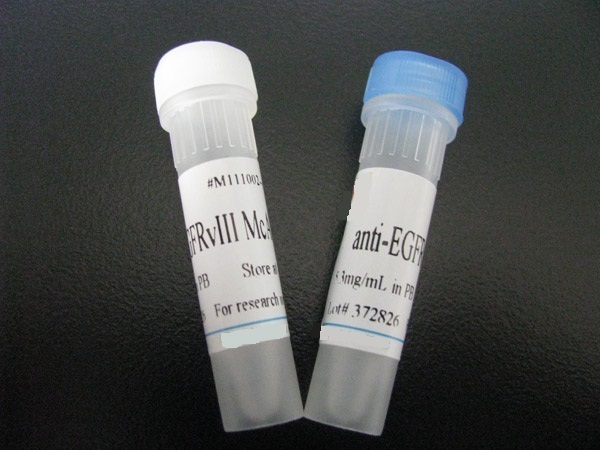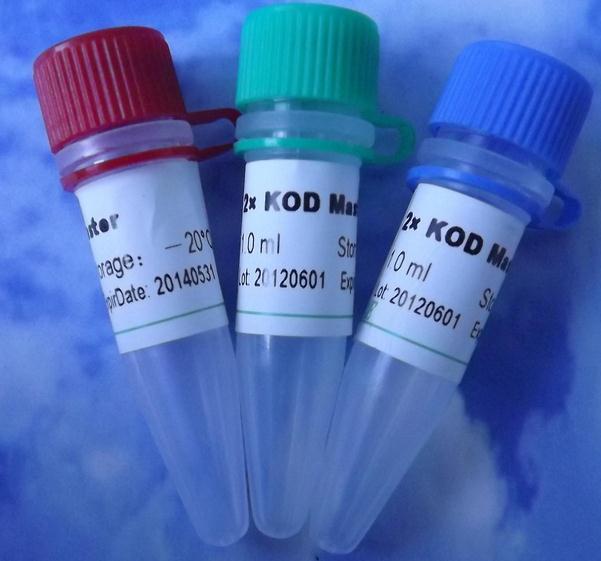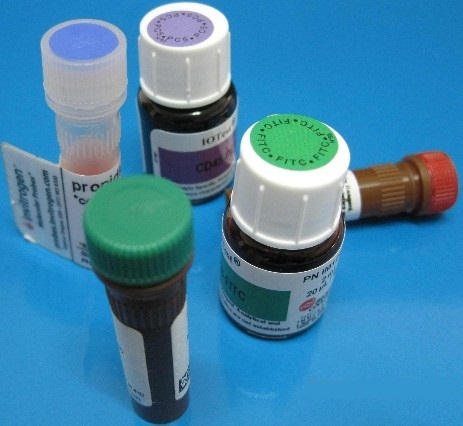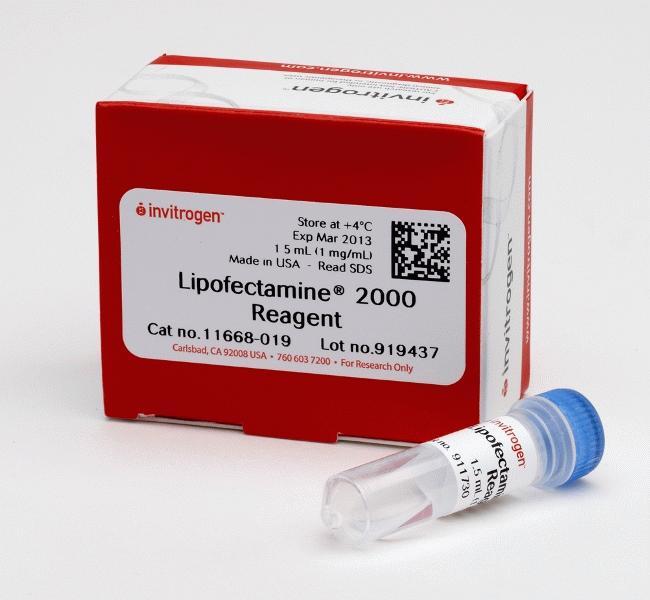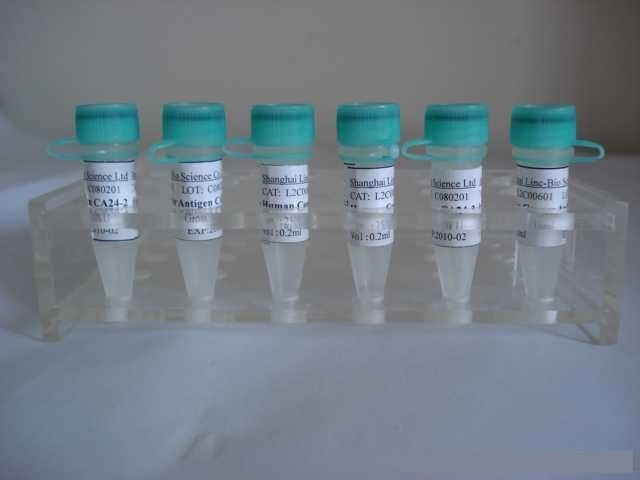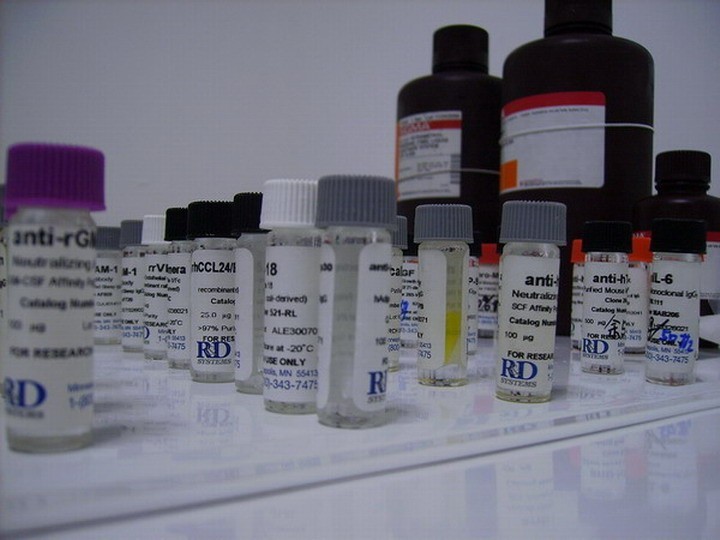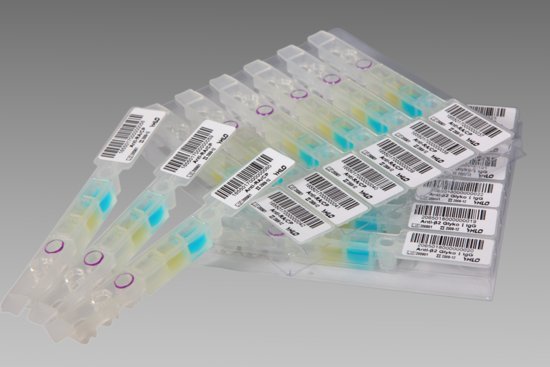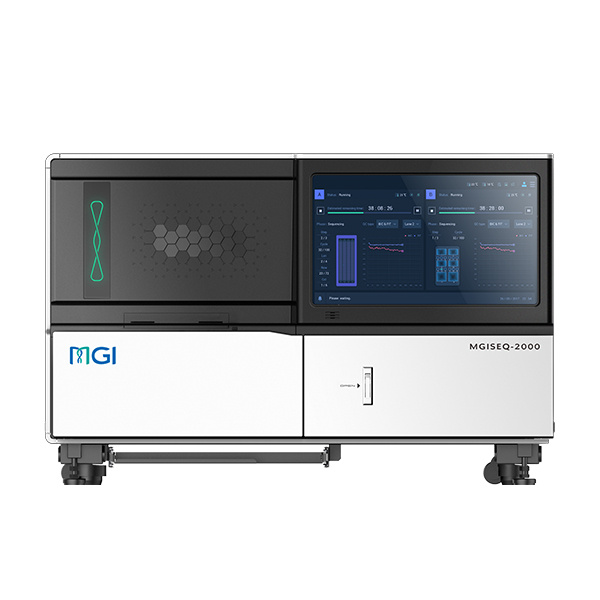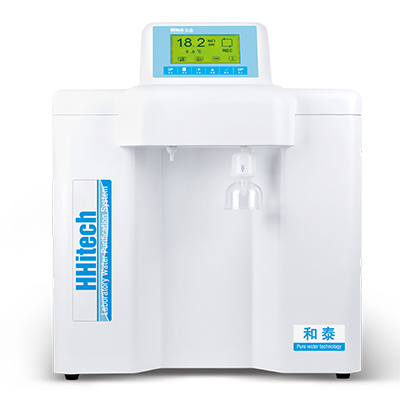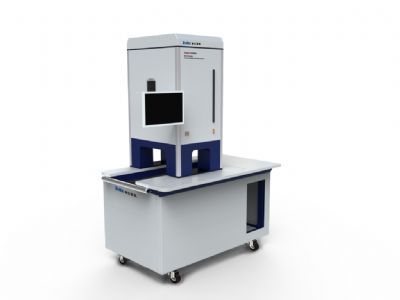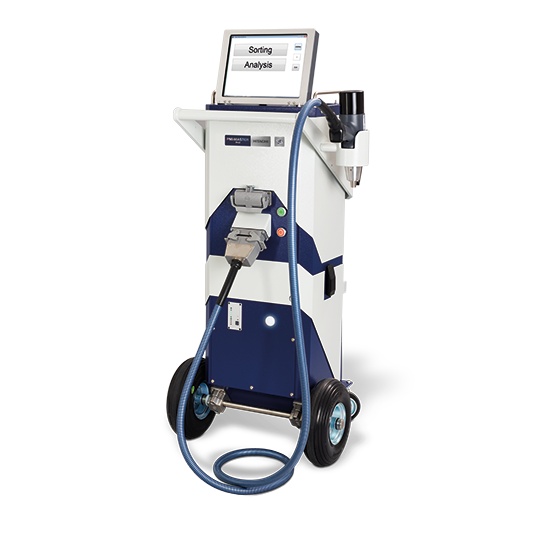抗体来源 Rabbit
克隆类型 polyclonal
交叉反应 Human, Mouse, Rat
产品类型 一抗 磷酸化抗体
研究领域 肿瘤 细胞生物 免疫学 信号转导 细胞凋亡 激酶和磷酸酶
蛋白分子量 predicted molecular weight: 65kDa
性 状 Lyophilized or Liquid
免 疫 原 KLH conjugated synthesised phosphopeptide derived from human BLNK around the phosphorylation site of Tyr84 [EM(p-Y)VM]
亚 型 IgG
纯化方法 affinity purified by Protein A
储 存 液 Preservative: 15mM Sodium Azide, Constituents: 1% BSA, 0.01M PBS, pH 7.4
产品应用 WB=1:100-500 ELISA=1:500-1000 IHC-P=1:100-500 IHC-F=1:100-500 ICC=1:100-500 IF=1:100-500
(石蜡切片需做抗原修复)
not yet tested in other applications.
optimal dilutions/concentrations should be determined by the end user.
保存条件 Store at -20 °C for one year. Avoid repeated freeze/thaw cycles. The lyophilized antibody is stable at room temperature for at least one month and for greater than a year when kept at -20°C. When reconstituted in sterile pH 7.4 0.01M PBS or diluent of antibody the antibody is stable for at least two weeks at 2-4 °C.
Important Note This product as supplied is intended for research use only, not for use in human, therapeutic or diagnostic applications.
磷酸化T淋巴细胞连接蛋白抗体产品介绍 This gene encodes a cytoplasmic linker or adaptor protein that plays a critical role in B cell development. This protein bridges B cell receptor-associated kinase activation with downstream signaling pathways, thereby affecting various biological functions. The phosphorylation of five tyrosine residues is necessary for this protein to nucleate distinct signaling effectors following B cell receptor activation. Mutations in this gene cause hypoglobulinemia and absent B cells, a disease in which the pro- to pre-B-cell transition is developmentally blocked. Deficiency in this protein has also been shown in some cases of pre-B acute lymphoblastic leukemia. Alternatively spliced transcript variants have been found for this gene. [provided by RefSeq, May 2012].
Function : Functions as a central linker protein that bridges kinases associated with the B-cell receptor (BCR) with a multitude of signaling pathways, regulating biological outcomes of B-cell function and development. Plays a role in the activation of ERK/EPHB2, MAP kinase p38 and JNK. Modulates AP1 activation. Important for the activation of NF-kappa-B and NFAT. Plays an important role in BCR-mediated PLCG1 and PLCG2 activation and Ca(2+) mobilization and is required for trafficking of the BCR to late endosomes. However, does not seem to be required for pre-BCR-mediated activation of MAP kinase and phosphatidyl-inositol 3 (PI3) kinase signaling. May be required for the RAC1-JNK pathway. Plays a critical role in orchestrating the pro-B cell to pre-B cell transition (By similarity). Plays an important role in BCR-induced B-cell apoptosis.
Subunit : Associates with PLCG1, VAV1 and NCK1 in a B-cell antigen receptor-dependent fashion. Interacts with VAV3, PLCG2 and GRB2. Interacts through its SH2 domain with CD79A.
Subcellular Location : Cytoplasm. Cell membrane. BCR activation results in the translocation to membrane fraction.
Tissue Specificity : Expressed in B-cell lineage and fibroblast cell lines (at protein level). Highest levels of expression in the spleen, with lower levels in the liver, kidney, pancreas, small intestines and colon.
Post-translational modifications : Following BCR activation, phosphorylated on tyrosine residues by SYK and LYN. When phosphorylated, serves as a scaffold to assemble downstream targets of antigen activation, including PLCG1, VAV1, GRB2 and NCK1. Phosphorylation of Tyr-84, Tyr-178 and Tyr-189 facilitates PLCG1 binding. Phosphorylation of Tyr-96 facilitates BTK binding. Phosphorylation of Tyr-72 facilitates VAV1 and NCK1 binding. Phosphorylation is required for both Ca(2+) and MAPK signaling pathways.
DISEASE : Defects in BLNK are the cause of agammaglobulinemia type 4 (AGM4) [MIM:613502]. It is a primary immunodeficiency characterized by profoundly low or absent serum antibodies and low or absent circulating B cells due to an early block of B-cell development. Affected individuals develop severe infections in the first years of life.
Similarity : Contains 1 SH2 domain.
Database links : UniProtKB/Swiss-Prot: Q8WV28.2
纯度:在实验的任何阶段,确定抗体溶液纯度的最简单方法是取一部分样本进行SDS-PAGE电泳。凝胶可用考马斯亮蓝染色(灵敏度为0.1—0.5ug/带)或银染(灵敏度1~l0ug/带)。
定量:如果抗体还不纯,有一个快捷的定量方法,即通过SDS-PAGE电泳分离出轻、重链,然后和已知的标准染色带比较。如果需要分析许多样本,用免疫测定法对抗体定量较容易。如果抗体是经过纯化的,可通过测蛋白总量代替上述两种方法,有一简单的方法,即紫外吸收法。磷酸化T淋巴细胞连接蛋白抗体的量可通过测280nm处的吸收值来测(10D大致相当于0.75mg/m1的纯化抗体)。
抗原结合活性:一般说来,纯化方法不会引起抗原结合活性的改变。用蛋白G或蛋白A树脂很少导致抗体活性丧失。然而,如果最终抗体产物的作用不如原来所预料的好,检测抗体纯化过程所丢失的活性就极为重要。用一系列滴定法比较纯化的抗体和其原材料的活性,以标定每一步中的总抗体量,这将有助于较好的估计通过纯化所丢失的活性。
![]()




